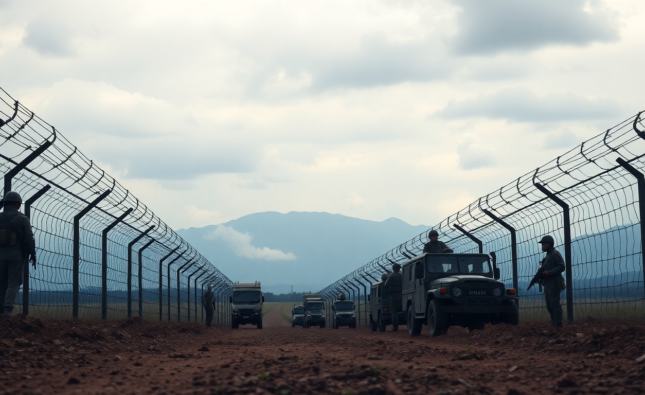
Mattel CEO Calls for Zero Tariffs on Toys Amidst Global Production Shifts

As the global landscape of toy manufacturing undergoes significant transformations, Mattel CEO Ynon Kreiz has made a compelling call for zero tariffs on toys worldwide. This initiative aligns with the Toy Association’s stance advocating for the exemption of toys from duties, highlighting their crucial role in children’s development. As Mattel navigates this complex terrain, significant changes in their production strategy are underway.
Introduction
In recent years, escalating trade tensions have spotlighted the toy industry, with tariffs creating ripple effects across global supply chains. Mattel, a prominent player in the toy sector, is actively repositioning itself to mitigate these impacts. A strategic shift means that by 2025, less than 40% of Mattel’s global toy production will occur in China, a significant decrease from current levels. This article delves into the implications of this shift, exploring how reductions in Mattel’s China production in 2025 affect U.S. tariff exposure and the broader industry.
Mattel’s Shift from China: A Strategic Move
Currently, the toy industry relies heavily on Chinese manufacturing, with an estimated 80-85% of toy production based there. However, Mattel is leading the charge in diversifying its production base. By 2025, only 40% of its toys will be manufactured in China, a dramatic reduction from the approximately 50% as of 2024. This transition comes after the closure of a significant Chinese facility and the redistribution of production efforts across seven other countries, including Indonesia, Malaysia, Mexico, and Thailand. This strategic shift highlights Mattel’s commitment to reducing single-country supply chain risk.
U.S. Tariff Exposure and Financial Implications
The United States represents about 50% of Mattel’s global toy sales, resulting in 20% of the company’s production facing U.S. tariffs associated with China. This exposure has prompted Mattel to forecast and integrate the impact of new U.S. tariffs into its 2025 financial guidance. The company has implemented mitigation strategies such as supply chain flexibility and potential price adjustments to counter tariff pressures. Despite these challenges, Mattel’s proactive approach has already yielded substantial savings, amounting to $83 million in 2024, with an anticipated further $60 million by the end of 2025.

Supply Chain Diversification: Ensuring Resilience
Looking ahead to 2027, Mattel has projected that no single country will account for more than 25% of its global production. This diversified manufacturing strategy diminishes dependency on any one location, bolstering resilience against geopolitical and economic fluctuations. Less than 10% of Mattel’s toys are currently sourced from Mexico, with no production in Canada, underscoring the company’s ambitious vision toward global production diversification.
Conclusion
As Mattel maneuvers through the complexities of global trade dynamics, the call for zero tariffs on toys remains a focal point in its advocacy strategy. By strategically lowering the percentage of its toys made in China and optimizing its global supply chain, Mattel is not only navigating current challenges but also setting a precedent in the toy industry. Stakeholders are encouraged to stay engaged with developments as this transformation unfolds.
To stay informed on the latest updates, subscribe to our newsletter for timely insights and analysis on industry transformations.
FAQ
What is Mattel’s stance on toy tariffs?
Mattel CEO Ynon Kreiz supports the call for zero tariffs on toys, emphasizing their exemption due to the pivotal role toys play in children’s development.
How will Mattel’s global production change by 2025?
By 2025, Mattel aims to have less than 40% of its toy production in China, diversifying its manufacturing to countries like Indonesia, Malaysia, and Mexico.
What financial impacts do U.S. tariffs have on Mattel?
U.S. tariffs affect approximately 20% of Mattel’s global production. The company is employing strategies such as price adjustments and supply chain flexibility to offset these impacts.
Why is Mattel diversifying its production base?
Diversifying the production base reduces reliance on any single country, minimizing risks associated with geopolitical and trade fluctuations.







![Mattel CEO Calls for Zero Tariffs on Toys as Less Than 40% Production Remains in China in 2025; US Tariff Exposure at 20% of Global Output[3][4][1]](https://upnews.today/wp-content/uploads/2025/04/f-rec7MnkEhU1qCjUI1-attel-CEO-Calls-for-750x350.png)


Comments